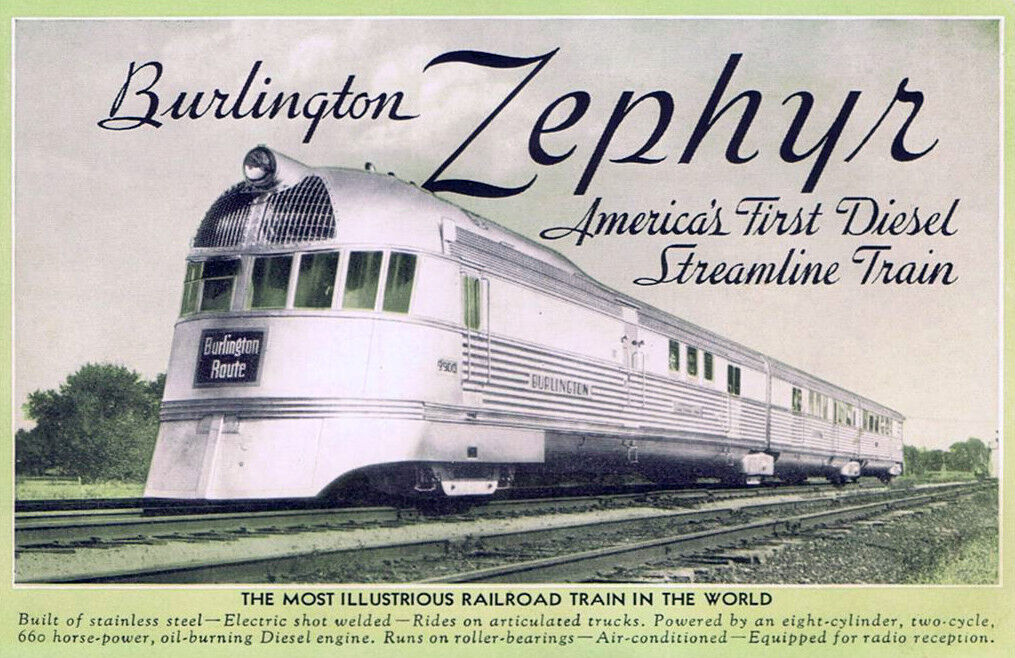Background: What's a Diner?
For many, the word “diner” evokes waffles, sticky tables, and a shiny stainless steel exterior. Yet the original diners – called “dining cars” way back when -- were not shiny at all. Converted from obsolete trolleys or railroad cars, and built of wood and ordinary steel, they were thick with paint but thin on glitz. But the public grew fond of them anyway, and manufacturers (especially ones that built streetcars) soon began selling new prefabricated diners, faux versions of the rail vehicles they made.
 Village Diner, Jamaica, New York, 1930
Village Diner, Jamaica, New York, 1930
Digital Collection of New York City Municipal ArchiveThis is an early pre-fab – the Village Diner on Springfield Blvd. in Jamaica, Queens. It was built by Brill, then the world’s largest manufacturer of streetcars. It may have evoked the aura of railroads, but it was too wide to ever have ridden the rails.
If you wanted to start your own business, it was cheaper to put a diner on an empty lot than to carve restaurant space out of an old building in your town. You laid a concrete block foundation, had your diner delivered, connected it to utilities, and started frying bacon and refilling syrup pitchers. If later you decided that the location wasn’t right for you, you could find another empty lot, hire a mover to transport your diner, and try again.
 1930 Souvenir Postcard of Pioneer Zephyr
1930 Souvenir Postcard of Pioneer Zephyr
Wikipedia.comStainless steel trains and diners were not feasible until engineers devised a process for welding together stainless and structural steel, which happened in the early 1930s. Thus, in 1934 the first stainless steel train entered service, and launched “streamlining” as a new aesthetic. Stainless steel diners followed, and the public loved them, too. Eating in a shiny metal diner let you imagine you were getting a taste (albeit a sticky one) of the future.

